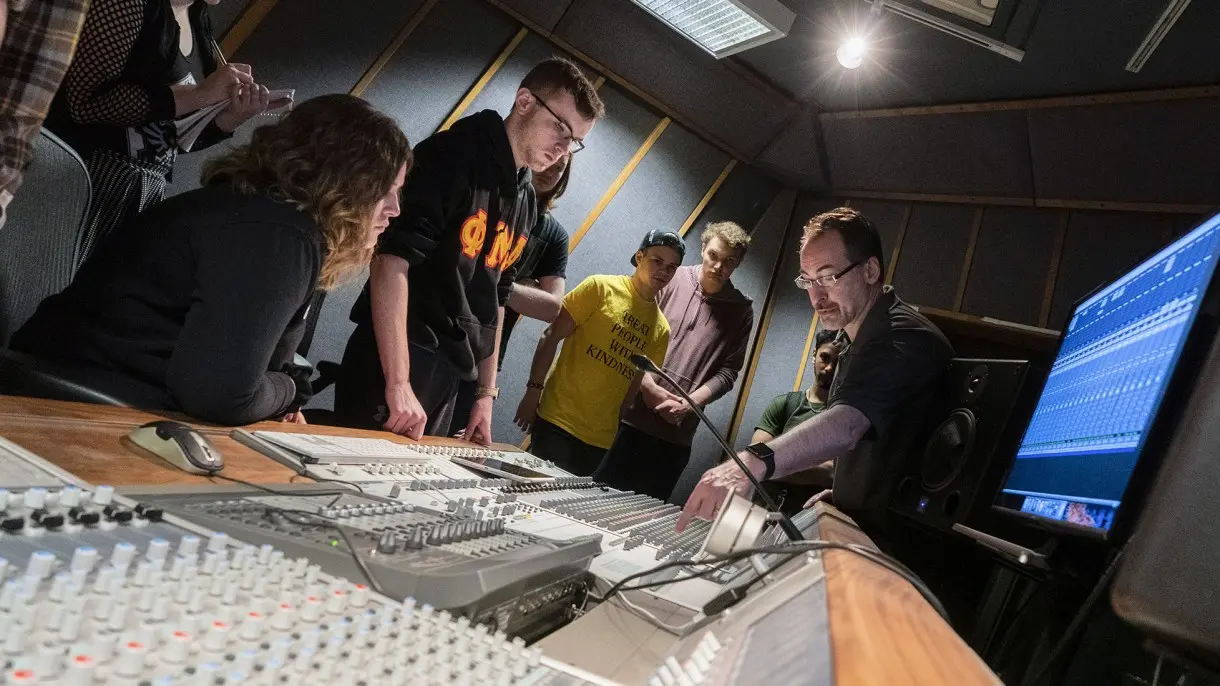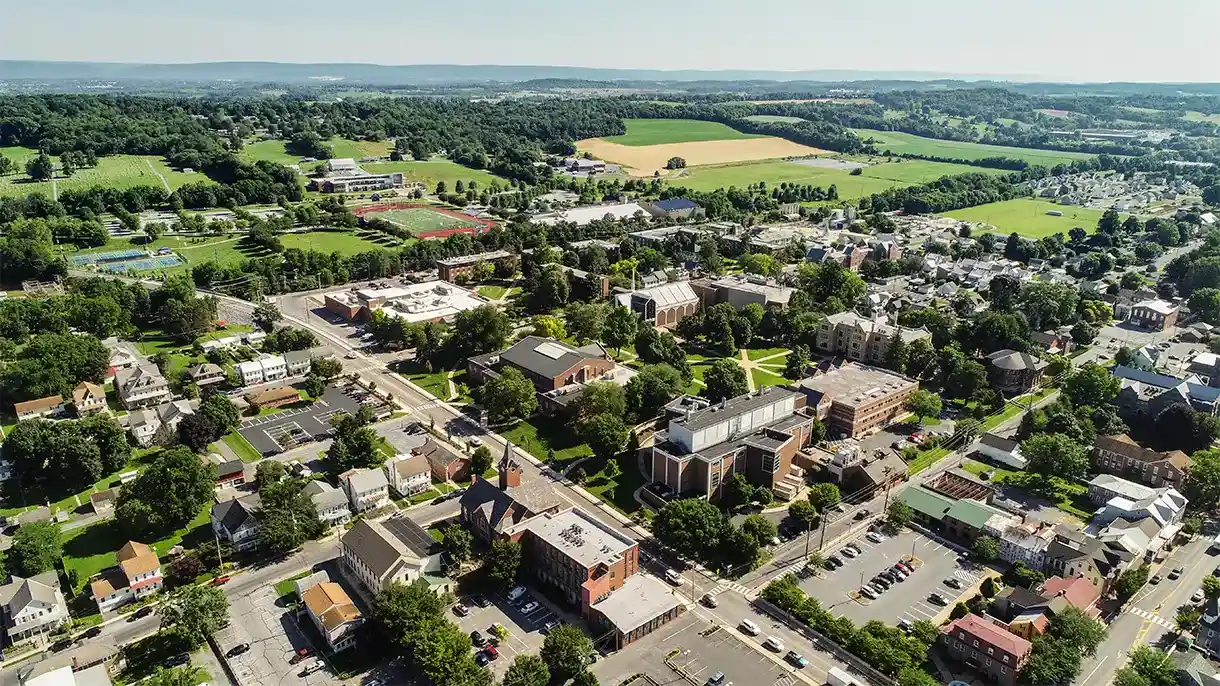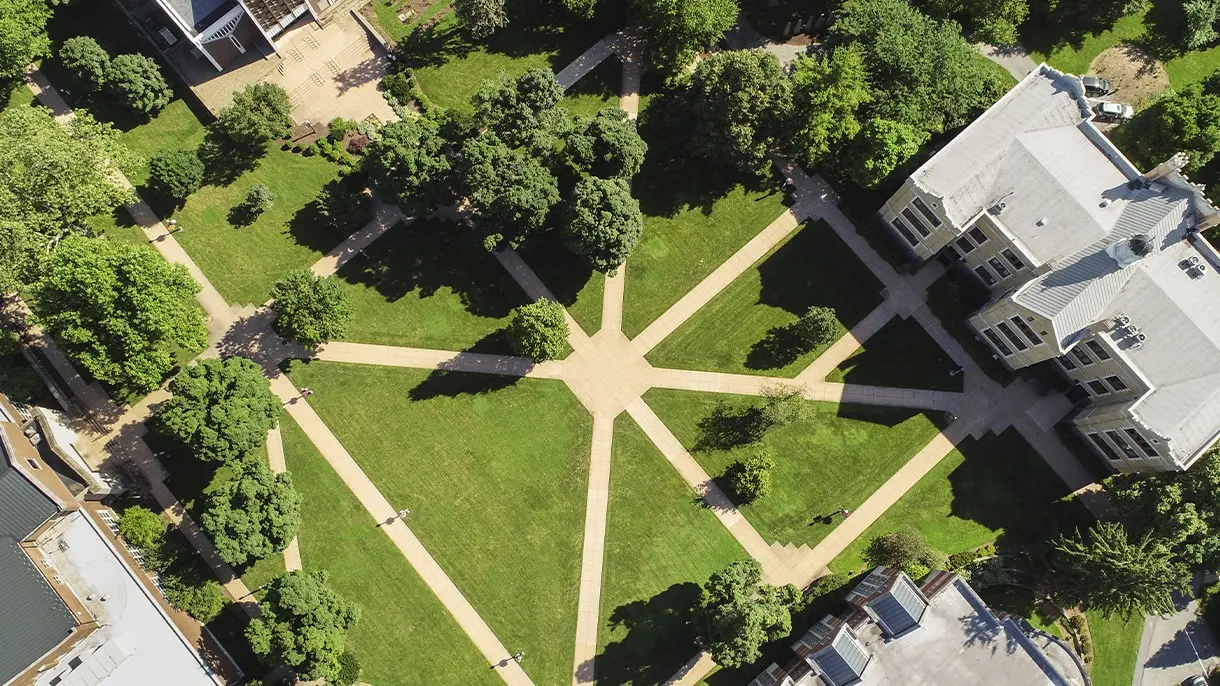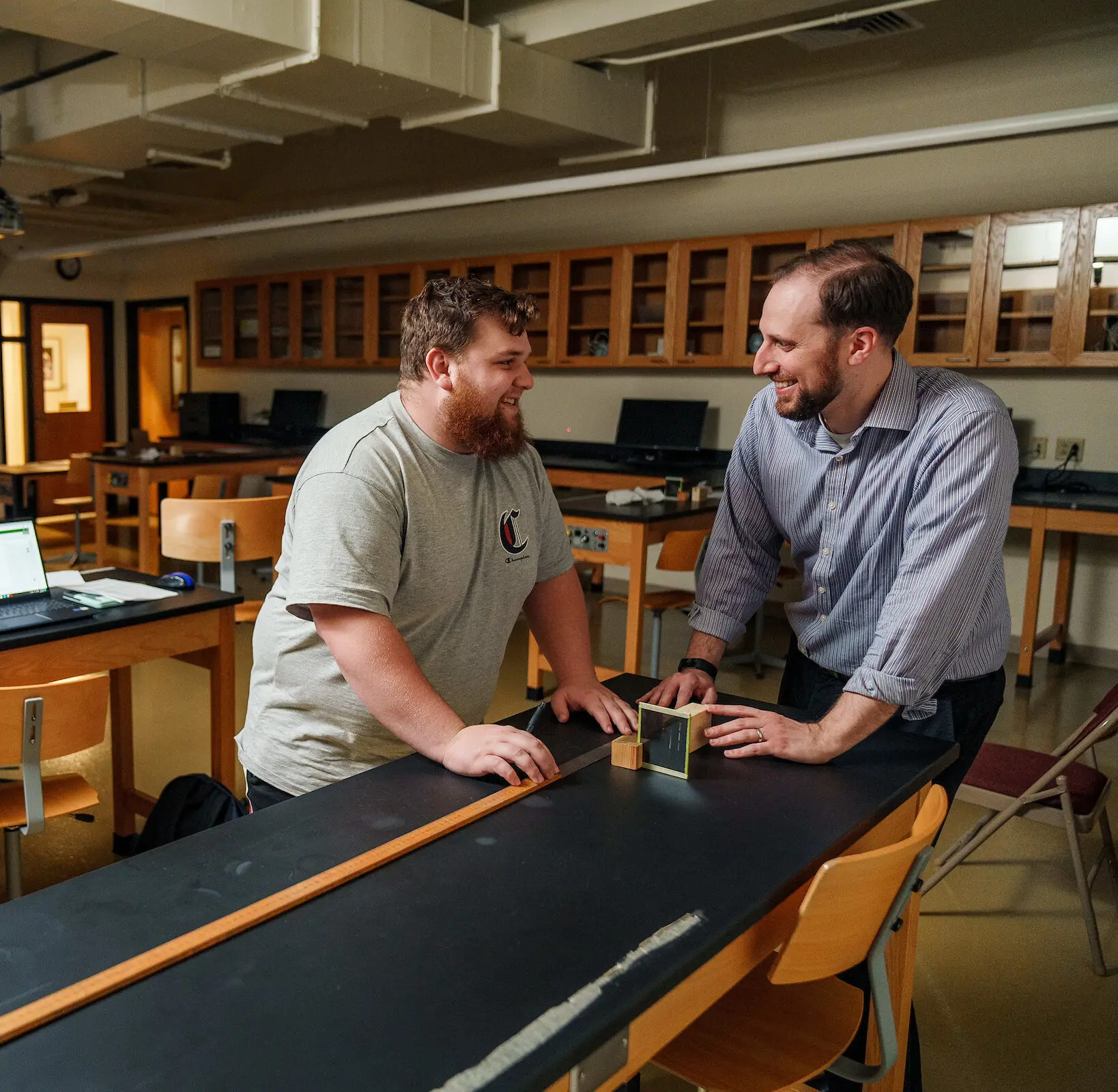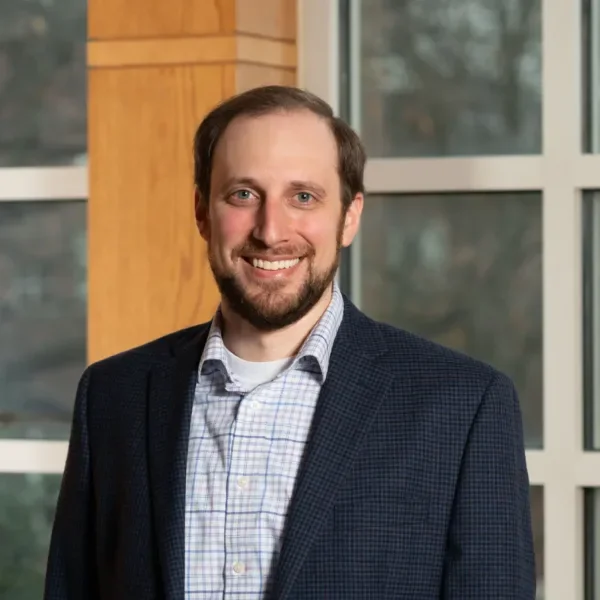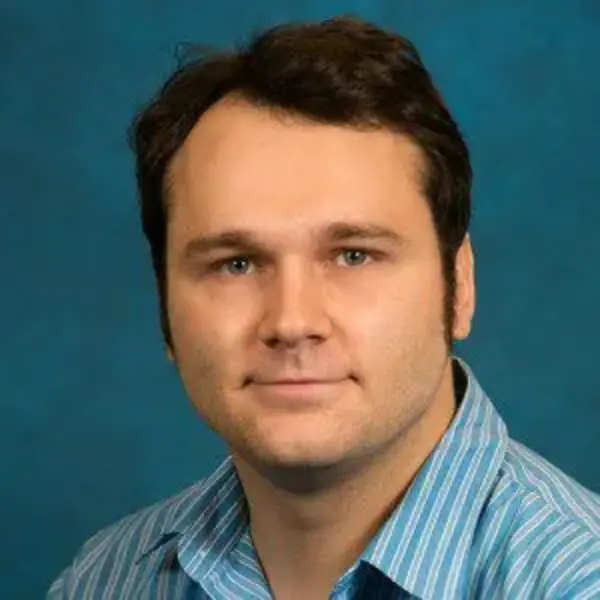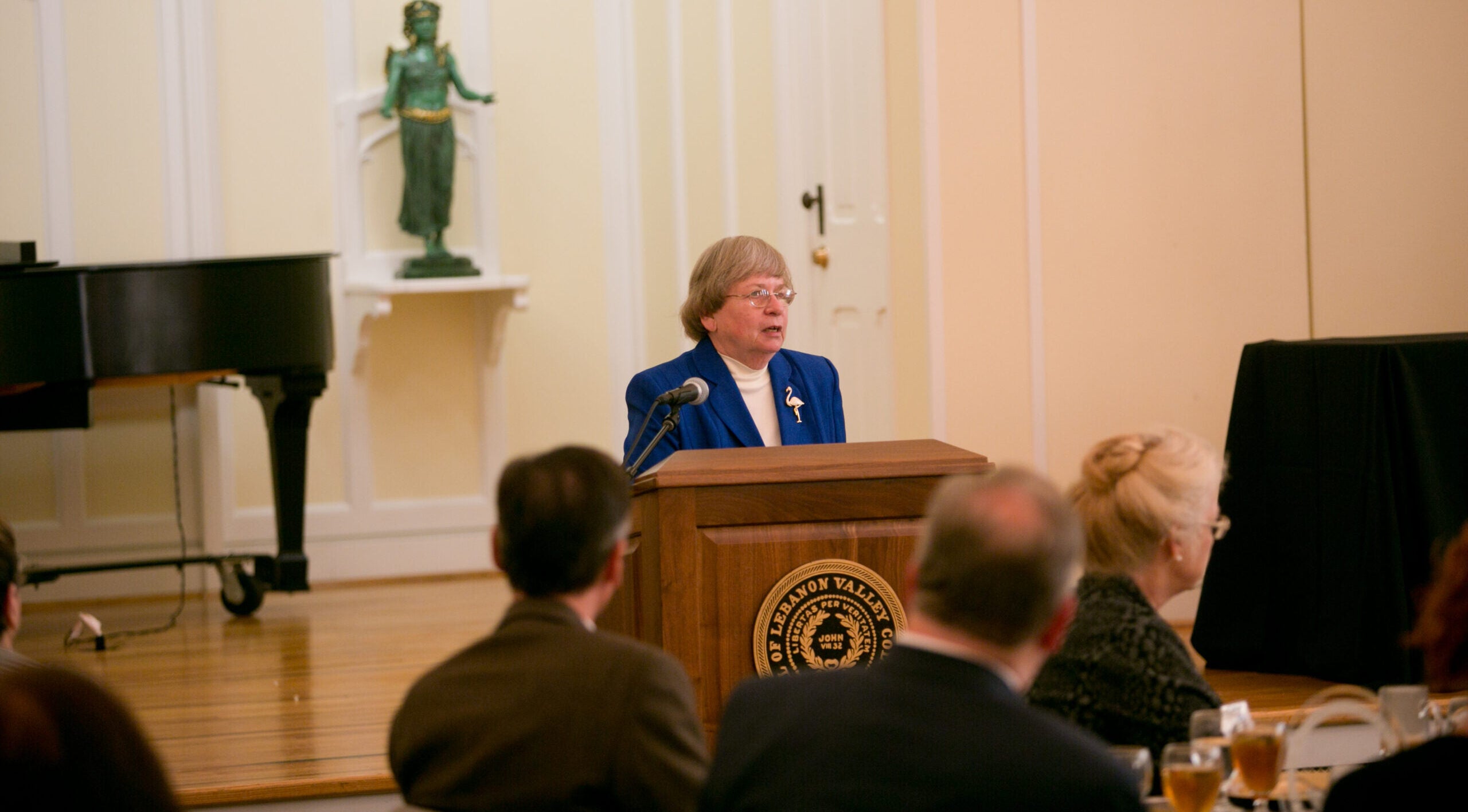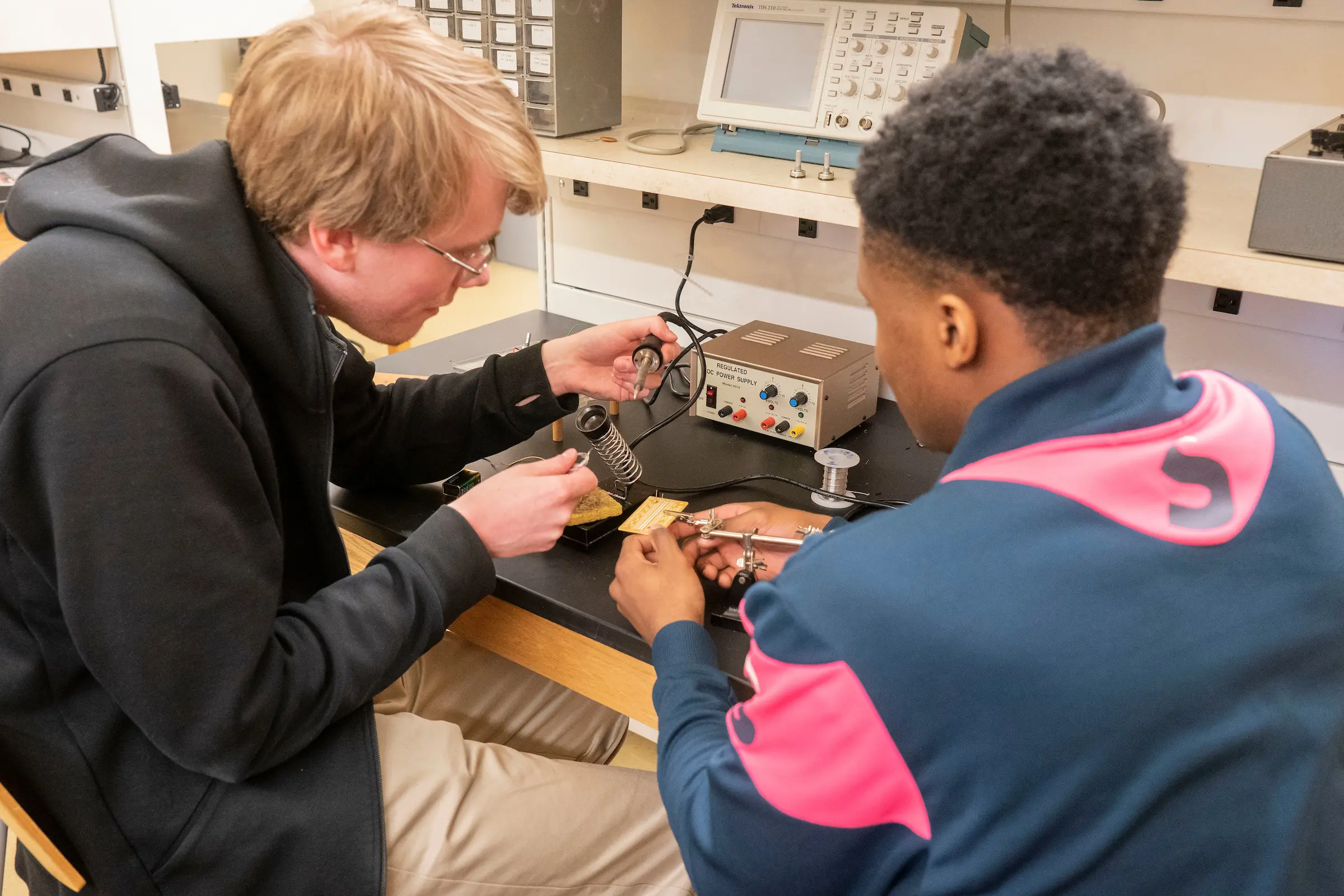
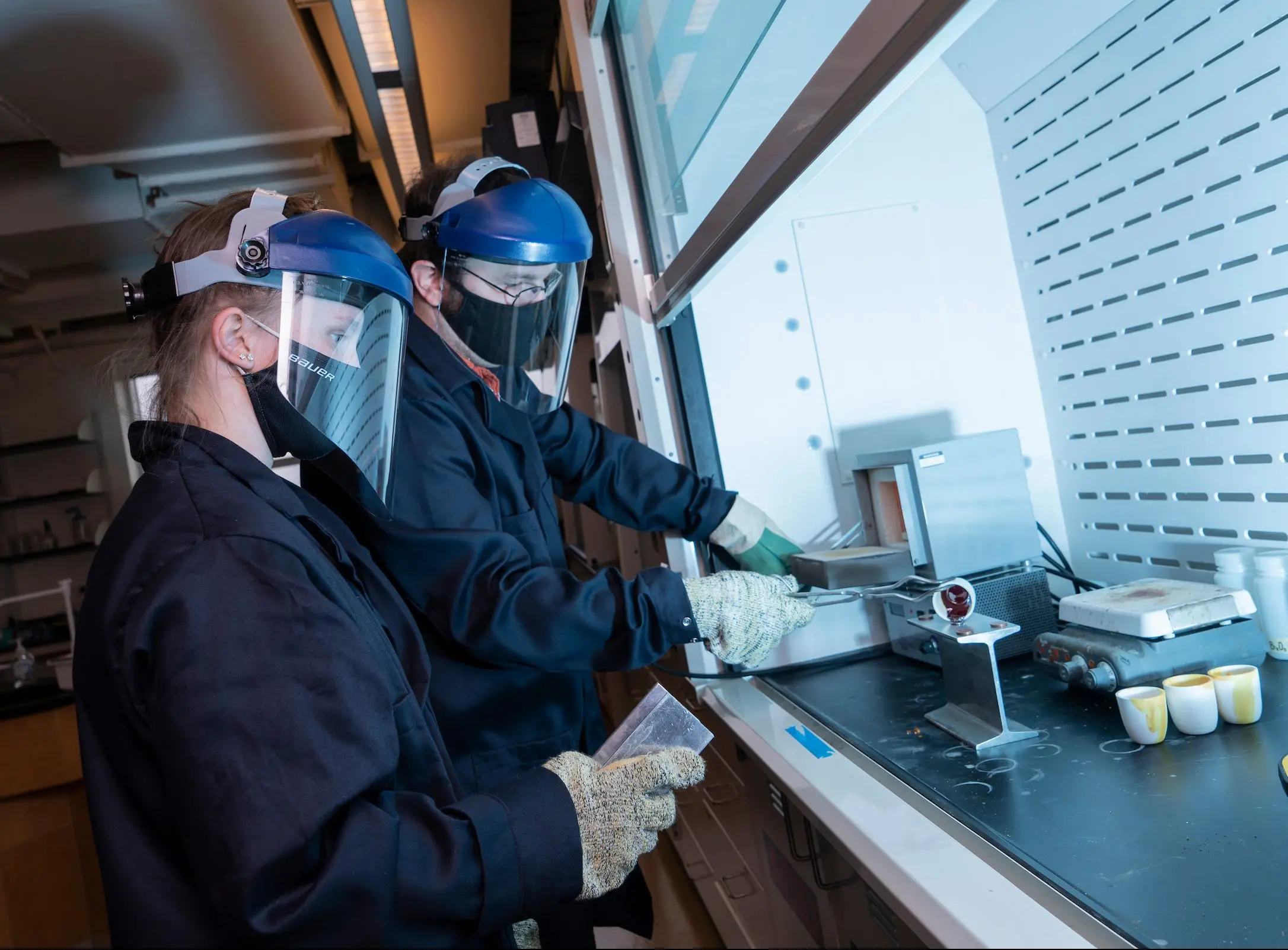
Physics
As a physics major, you’ll work closely with your professors in the classroom and laboratory, conduct independent study projects, and participate in student-faculty research. Through it all, you’ll gain critical thinking, writing, experimental, computational, and analytical skills while exploring and learning how the universe behaves.
By studying physics at LVC, you’ll explore and learn the fundamental laws of nature: motion, force, energy, heat, light, electricity, magnetism, atomic and nuclear structure, and the properties of matter.
In addition to the Physics major, we offer an optional concentration in Computational Physics, a secondary education certificate to teach Physics in high school, an Engineering Physics major, and a 3+2 Engineering program. Whatever career path you choose, you’ll benefit from a hands-on curriculum and experienced, mentoring faculty who will support you the whole way. Need-based departmental scholarships are available.
Learn More About the Program
As an LVC physics major, you’ll have the opportunity to participate in paid, high-impact student-faculty research in quantum information, materials science, and nuclear physics. Two of our professors have won National Science Foundation (NSF) grants to support their student-faculty research. Our students consistently exceed the national average of the ETS Major Field Test in Physics, with several scoring above the 80th percentile.
A degree in physics opens doors to a variety of career options in many different fields, from research to engineering.
-
Engineer
-
Medical Physicist
-
Industrial Physicist
-
Lab Scientist
-
Physics Instructor
-
Scientific Researcher
-
Programmer
-
Software Developer
